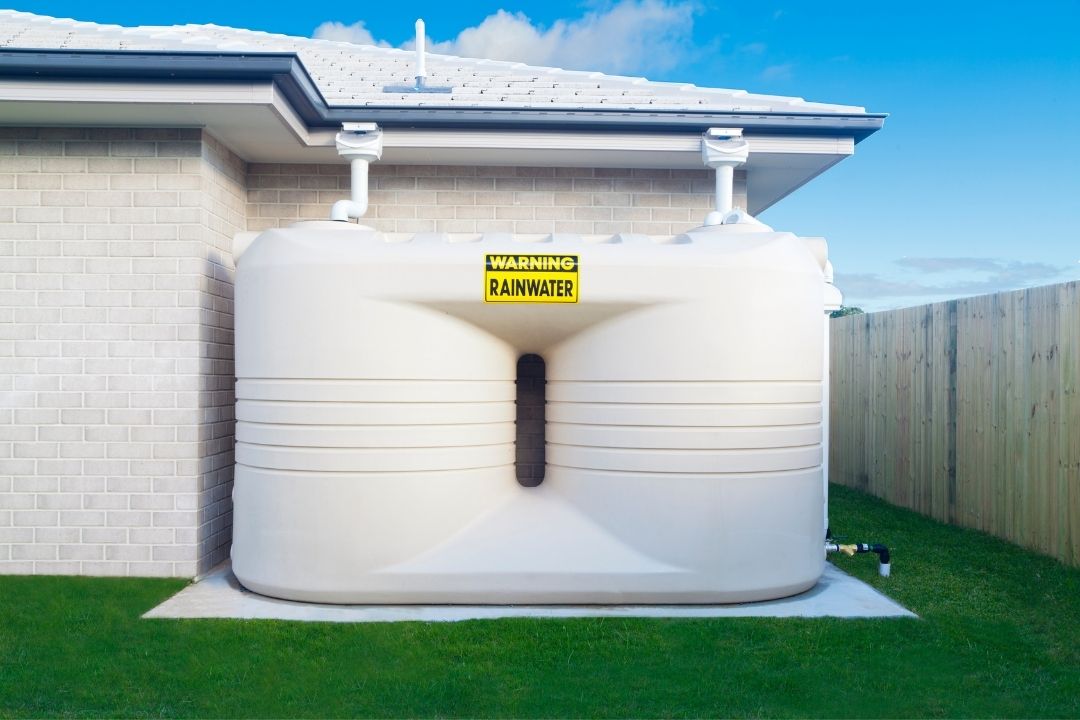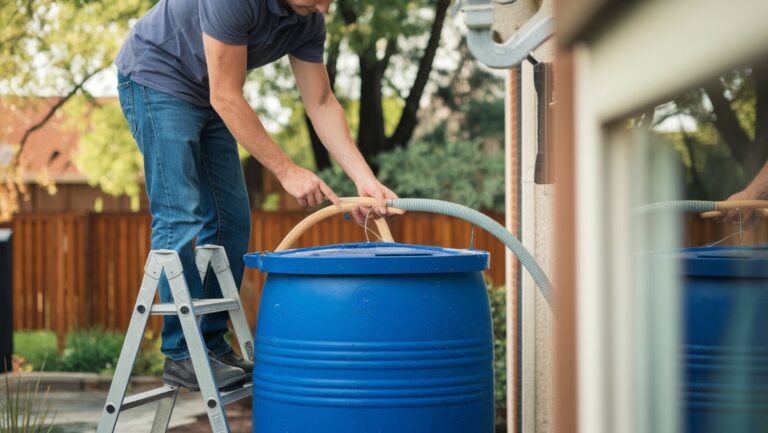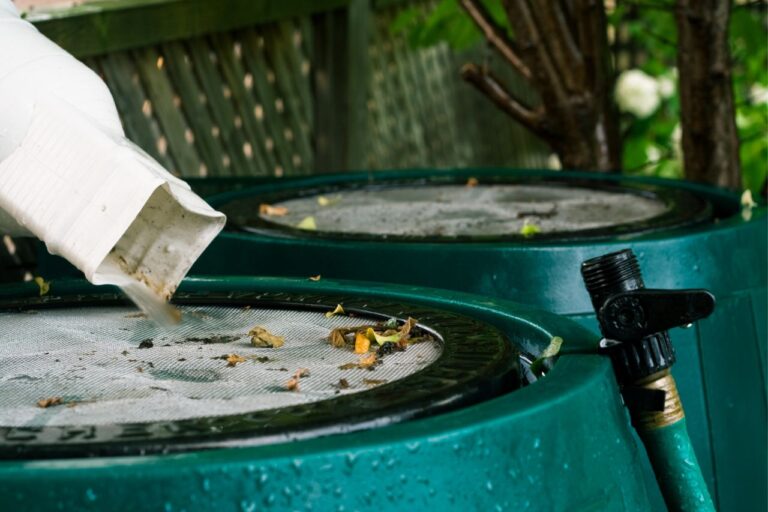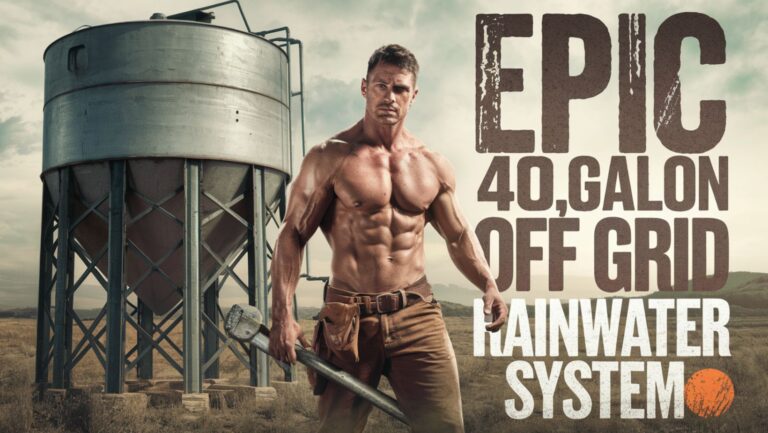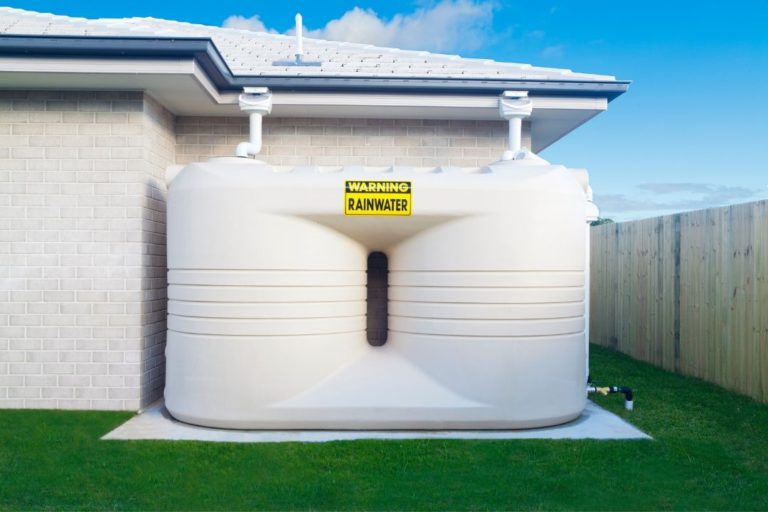Beginner’s Guide to Rainwater Harvesting
Welcome to Rainwater Harvesting 101, the ultimate beginner’s guide to using rainwater for a sustainable future. With concerns about water scarcity and the environment, rainwater harvesting is a practical solution to conserve this precious resource. In this guide, we’ll explore the benefits, methods, and best practices of rainwater harvesting, empowering you to save money and help the planet. Whether you’re a homeowner, gardener, or passionate about sustainable living, this guide will teach you how to collect, store, and use rainwater effectively. From the hydrological cycle to choosing the right system, we’ll cover it all. Let’s dive in and unlock the potential of rainwater together!
Key Takeaways:
- Rainwater harvesting is a practical solution to conserve water resources and address water scarcity and environmental concerns.
- Benefits of rainwater harvesting include cost savings, improved water quality, environmental sustainability, and drought resilience.
- There are various types of rainwater harvesting systems, including rain barrels, cisterns, and systems with filtration.
- Components of a rainwater harvesting system include catchment surfaces (such as roofs), gutters, filters, storage tanks, pumps, and overflow and drainage systems.
- Calculating rainwater harvesting potential involves determining the catchment area, average rainfall, and considering efficiency factors.
Why Rainwater Harvesting is Important

Rainwater harvesting is becoming increasingly important due to the global water crisis and the need to conserve water resources. Traditional water sources, such as rivers and lakes, are depleting at an alarming rate, while the demand for water is steadily increasing. By collecting rainwater, we can reduce our reliance on these strained water sources and ensure a more sustainable future.
One of the key benefits of rainwater harvesting is its ability to provide a free and abundant water supply. Rainwater is a natural resource that falls freely from the sky and can be collected and utilized for various purposes. By harvesting rainwater, we can reduce our water bills and save money in the long run.
Furthermore, rainwater is generally cleaner and softer than tap water, making it ideal for a wide range of applications. It is free from contaminants such as chlorine and fluoride, making it healthier for drinking and cooking. Additionally, rainwater is better for plants and gardens, as it lacks the chemicals commonly found in tap water that can harm plant growth.
Benefits of Rainwater Harvesting
There are numerous benefits to implementing a rainwater harvesting system. Let’s explore some of the key advantages:
- Water Conservation: Rainwater harvesting helps reduce the strain on traditional water sources, such as rivers and groundwater. By collecting rainwater, we can conserve water resources and ensure their availability for future generations.
- Cost Savings: Harvesting rainwater can significantly reduce water bills, especially in areas where water is scarce or expensive. By using rainwater for activities such as watering the garden or flushing toilets, homeowners can save a substantial amount of money over time.
- Improved Water Quality: Rainwater is naturally free from many of the contaminants found in tap water, such as chlorine and fluoride. This makes it a healthier option for drinking, cooking, and bathing.
- Environmental Sustainability: By collecting and utilizing rainwater, we can reduce our reliance on energy-intensive methods of water supply, such as pumping water from distant locations or desalination. Rainwater harvesting promotes sustainable living and reduces our carbon footprint.
- Drought Resilience: During times of drought or water restrictions, having a rainwater harvesting system can provide a reliable water source for essential needs. It ensures that you have access to water even when traditional sources are limited.
Types of Rainwater Harvesting Systems
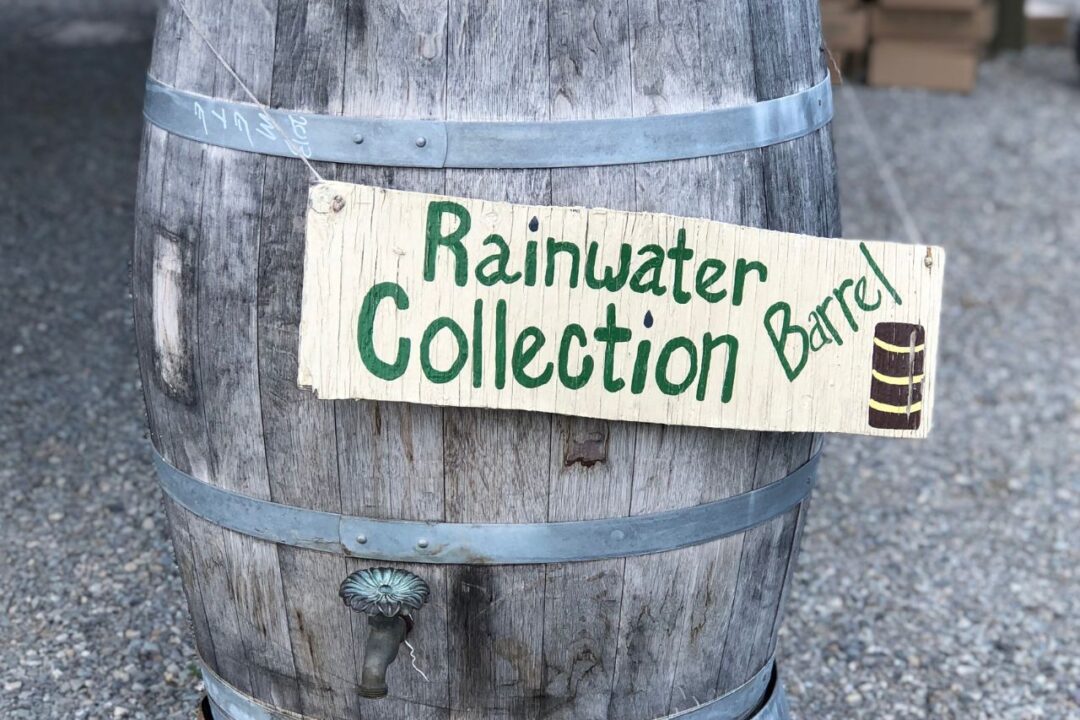
Rainwater harvesting systems come in various types, each suited for different needs and budgets. Let’s explore the most common types:
- Rain Barrels: Rain barrels are the simplest and most cost-effective rainwater harvesting system. These large containers collect rainwater from rooftops and store it for later use. Rain barrels are ideal for small-scale applications, such as watering plants or washing cars.
- Cisterns: Cisterns are larger storage tanks that can hold a significant amount of rainwater. They are typically installed underground or above ground and can be used for both indoor and outdoor applications. Cisterns are suitable for larger properties or areas with higher water demands.
- Rainwater Harvesting Systems with Filtration: These systems are more advanced and involve the collection, storage, and filtration of rainwater. They typically include components such as gutters, downspouts, filters, and pumps. Rainwater harvesting systems with filtration are ideal for residential and commercial properties that require a reliable and clean water supply.
Components of a Rainwater Harvesting System
A rainwater harvesting system consists of several key components that work together to collect, store, and distribute rainwater. Let’s take a closer look at these components:
- Catchment Surface: The catchment surface is typically the roof of a building, where rainwater is collected. It should be clean and free from contaminants to ensure the quality of the harvested rainwater.
- Gutters and Downspouts: Gutters and downspouts are used to channel rainwater from the catchment surface to the storage container. They should be properly installed and maintained to prevent leaks and blockages.
- Leaf Guards and Filters: Leaf guards and filters are essential components that prevent debris, leaves, and other contaminants from entering the storage container. They help ensure that the harvested rainwater is clean and free from pollutants.
- Storage Tanks or Cisterns: Storage tanks or cisterns are used to store the collected rainwater. They should be made of durable and non-toxic materials. The size of the storage tank depends on the water demand and the available space.
- Pumps and Distribution Systems: Pumps and distribution systems are used to distribute the harvested rainwater to various applications. They can be gravity-based or rely on mechanical pumps, depending on the water pressure required.
- Overflow and Drainage Systems: Overflow and drainage systems are crucial to prevent flooding or water damage. They ensure that excess rainwater is properly diverted away from the property.
How to Calculate Rainwater Harvesting Potential
Calculating the rainwater harvesting potential for your property is essential to determine the system’s size and capacity. Here are the key steps to calculate the potential:
- Determine Catchment Area: Measure the roof area or any other surfaces where rainwater can be collected. Multiply the length and width to calculate the catchment area in square feet.
- Determine Rainfall: Research the average annual rainfall in your area. This information is usually available from local weather stations or online resources.
- Calculate Rainwater Yield: Multiply the catchment area by the average annual rainfall to determine the total volume of rainwater that can be harvested annually.
- Consider Efficiency: Take into account the efficiency of your rainwater harvesting system. Some water may be lost due to evaporation, leaks, or overflow. Apply an efficiency factor to calculate the actual yield.
By following these steps, you can estimate the potential of your rainwater harvesting system and determine the appropriate storage capacity.
Steps to Install a Rainwater Harvesting System
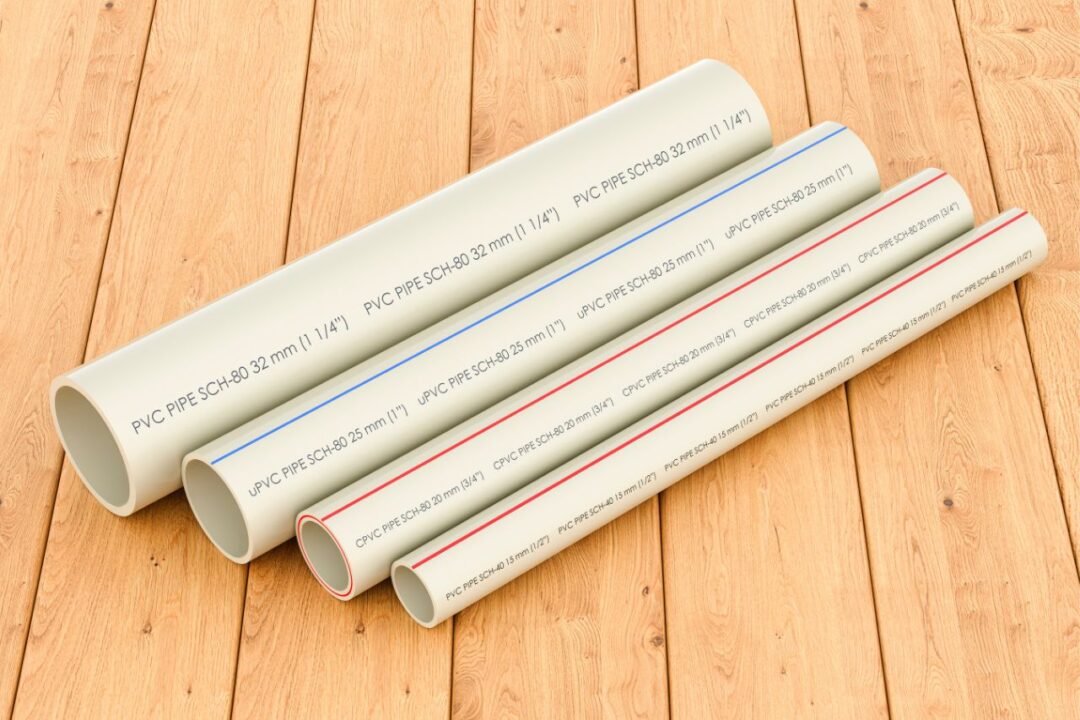
Installing a rainwater harvesting system may seem daunting, but with proper guidance, it can be a straightforward process. Here are the general steps involved:
- Assess Water Needs: Determine your water requirements and identify the areas where rainwater will be used. This will help you determine the size and capacity of the system.
- Choose the System Type: Select the most suitable rainwater harvesting system based on your needs, available space, and budget.
- Prepare the Catchment Surface: Ensure that the catchment surface, usually the roof, is clean and free from debris. Repair any leaks or damages before proceeding.
- Install Gutters and Downspouts: Install gutters and downspouts to collect rainwater from the catchment surface. Ensure they are properly sloped and securely attached.
- Install Leaf Guards and Filters: Install leaf guards and filters to prevent debris from entering the storage tank. Regularly clean and maintain these components to ensure optimal performance.
- Install Storage Tanks or Cisterns: Install the storage tanks or cisterns in a suitable location. Consider factors such as accessibility, stability, and aesthetic appeal.
- Connect Pumps and Distribution Systems: Connect pumps and distribution systems to the storage tanks or cisterns. Ensure that the water pressure and flow rate are suitable for the intended applications.
- Test and Adjust: Test the system for leaks, proper water flow, and functionality. Make any necessary adjustments or repairs before regular use.
By following these steps, you can successfully install a rainwater harvesting system and start enjoying the benefits of sustainable water usage.
Maintenance and Troubleshooting of Rainwater Harvesting Systems
Regular maintenance is crucial to ensure the optimal performance and longevity of your rainwater harvesting system. Here are some maintenance tips and common troubleshooting issues:
- Clean Gutters and Filters: Regularly clean gutters, downspouts, leaf guards, and filters to prevent blockages and ensure the efficient flow of rainwater.
- Inspect Storage Tanks and Cisterns: Regularly inspect the storage tanks or cisterns for leaks, cracks, or signs of damage. Repair or replace any faulty components promptly.
- Check Pumps and Distribution Systems: Test the pumps and distribution systems for proper functionality. Lubricate moving parts and replace worn-out components as needed.
- Monitor Water Quality: Regularly test the quality of the harvested rainwater to ensure it is safe for its intended uses. Install appropriate filters or treatment systems if necessary.
- Address Overflow and Drainage Issues: Ensure that the overflow and drainage systems are working correctly to prevent flooding or water damage.
If you encounter any issues with your rainwater harvesting system, it is recommended to consult a professional or seek assistance from a qualified technician.
Rainwater Harvesting Regulations and Incentives

Before installing a rainwater harvesting system, it’s important to research and understand the local regulations and incentives. Some areas may have specific guidelines or restrictions regarding rainwater harvesting, especially for potable water use. Additionally, there may be financial incentives or rebates available to encourage the adoption of rainwater harvesting systems.
Contact your local water authority or environmental agency to inquire about any regulations, permits, or incentives related to rainwater harvesting. They can provide valuable information and guidance to ensure compliance and take advantage of available incentives.
Case Studies of Successful Rainwater Harvesting Projects
To inspire and showcase the potential of rainwater harvesting, let’s explore some real-life case studies of successful projects:
- Residential Rainwater Harvesting: A homeowner in a suburban area installed a rainwater harvesting system with a storage capacity of 10,000 gallons. The harvested rainwater is used for irrigation, washing cars, and flushing toilets. The system has reduced their water bill by 50% and significantly reduced their environmental impact.
- Commercial Rainwater Harvesting: A commercial building in an urban area installed a rainwater harvesting system with a capacity of 50,000 gallons. The harvested rainwater is used for cooling towers, landscape irrigation, and toilet flushing. The system has reduced their reliance on municipal water supply by 80% and received recognition for its sustainable practices.
These case studies demonstrate the tangible benefits and positive impact of rainwater harvesting in both residential and commercial settings. They serve as examples of how individuals and organizations can make a difference in water conservation and sustainability.
Frequently Asked Questions about Rainwater Harvesting

- Is rainwater safe to drink? Rainwater is generally safe to drink if proper filtration and treatment measures are in place. It is recommended to use a combination of filters, UV sterilization, and, if necessary, additional treatment methods to ensure the water’s safety for consumption.
- How much can I save by harvesting rainwater? The amount of money you can save depends on various factors, such as your water consumption, the size of the rainwater harvesting system, and the cost of water in your area. However, it is not uncommon for homeowners to save hundreds or even thousands of dollars annually by using harvested rainwater for non-potable applications.
- Can I use rainwater for my garden? Yes, rainwater is excellent for gardening. It is free from the chemicals commonly found in tap water and provides essential nutrients to plants. Using rainwater for gardening can promote healthier plant growth and reduce the need for synthetic fertilizers.
- Do I need a permit to install a rainwater harvesting system? The need for a permit varies depending on your location and local regulations. It is advisable to check with your local water authority or environmental agency to determine if a permit is required for the installation of a rainwater harvesting system.
- Can rainwater harvesting be done in areas with low rainfall? Rainwater harvesting can still be beneficial in areas with low rainfall. Even a small amount of rainwater can be collected and utilized for various purposes, such as watering plants or washing cars. Additionally, implementing water-saving practices alongside rainwater harvesting can further enhance the efficiency and effectiveness of the system.
Conclusion
Rainwater harvesting is a powerful tool that allows individuals to take control of their water usage and contribute to a more sustainable future. By harnessing the power of rainwater, we can reduce our reliance on traditional water sources, save money, and minimize our environmental impact. Whether you’re a homeowner, gardener, or simply someone passionate about sustainable living, implementing a rainwater harvesting system is a step towards self-sufficiency and environmental stewardship. With the knowledge and tools provided in this guide, you are now equipped to embark on a journey towards a more sustainable and water-wise lifestyle. Let’s unlock the potential of rainwater together and make a positive impact on our planet.

